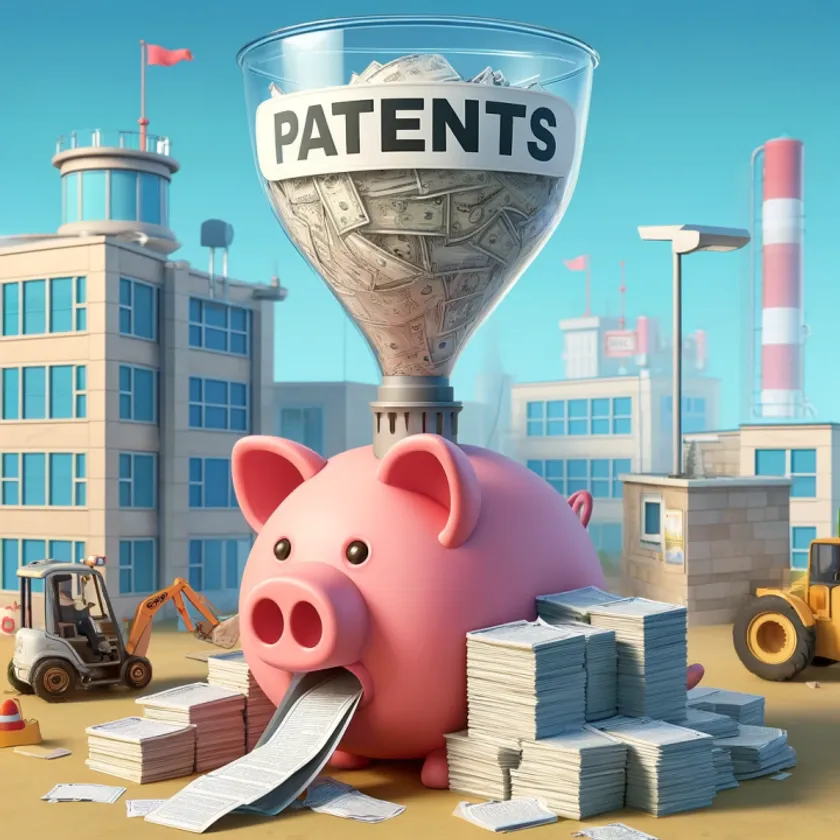Barriers for implementing open source systems in industrial construction

By Renee Puusepp, construction tech innovator, lead architect of the Pattern Buildings system:
As a proponent of open source, I firmly believe that open source is one of the best ways to ensure even distribution of wealth, knowledge, and well-being. Throughout my journey with the open source 3cycle system, I have observed a significant reluctance within the construction industry to embrace open source solutions. This hesitation can largely attributed to possessors of proprietary systems. Larger players who have developed such systems are keen to maintain their competitive edge, and they argue against open systems. The sad part is that regulators often fall for it.
Open source systems offer numerous advantages, including potential cost savings, collaborative innovation, and faster technological advancement. Despite these benefits, the construction industry has been slow to adopt these systems. One primary barrier is the existing landscape of intellectual property (IP). The possession of patents act as a deterrent to open source adoption, as they prevent smaller firms and new entrants from utilizing key technologies without facing potential legal challenges.
Coming back to the even spread of wealth, knowledge and well-being, patents do a horrible job. From the dominance of mega firms in holding patents can stifle innovation and limit the spread of new technologies. According to a study by the National Bureau of Economic Research, the share of novel patents held by the largest firms has significantly increased over the past few decades. These firms often focus on incremental improvements to their existing technologies rather than groundbreaking innovations, which could be more readily fostered in an open source environment (NBER).
In the construction sector, a report by EY Ireland highlights that many firms are not leveraging automated technologies that could enhance efficiency and productivity. This gap is partly due to the proprietary nature of these technologies, which are controlled by a few large entities. Without access to these innovations, smaller firms struggle to compete and innovate, slowing the overall pace of technological progress (EY US).
Moreover, the construction industry’s conservative approach to adopting new technologies further exacerbates the situation. Many stakeholders prefer the security of established, proprietary systems over the perceived risks associated with open source solutions. This mindset, coupled with the IP barriers erected by large firms, creates a challenging environment for the adoption of open source systems.
To overcome these barriers, it is crucial to advocate for policy reforms and funding initiatives that encourage the development and adoption of open source technologies.
For more information on the open source 3cycle system and Pattern Buildings, please visit Pattern Buildings and 3cycle system.